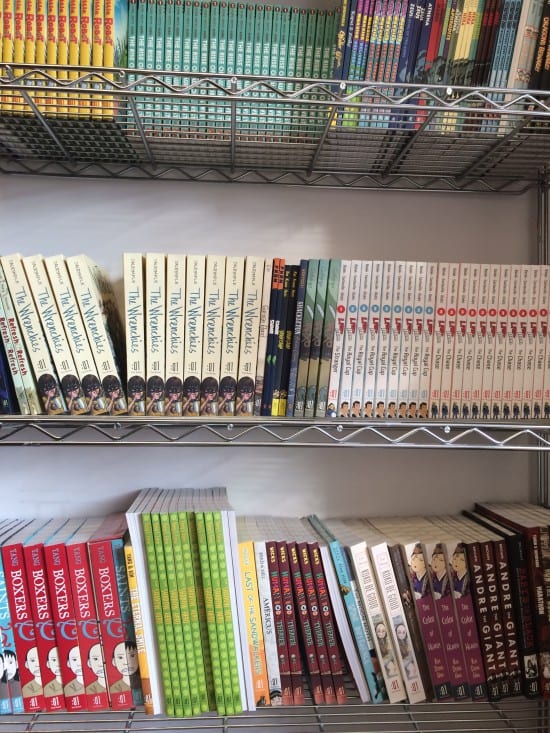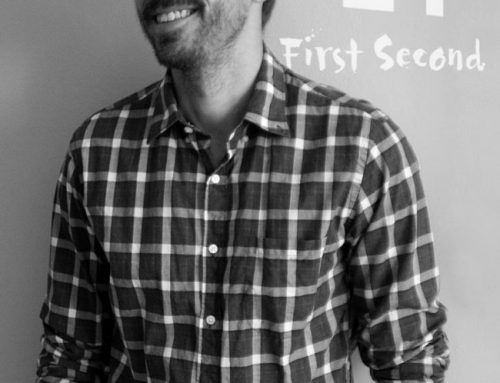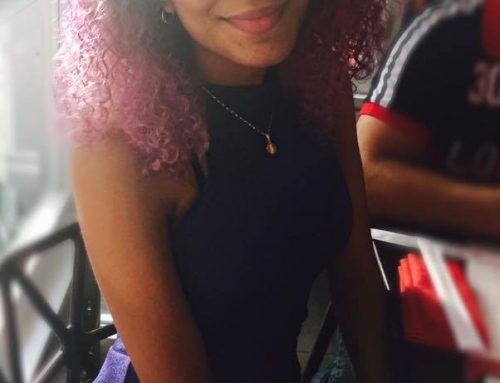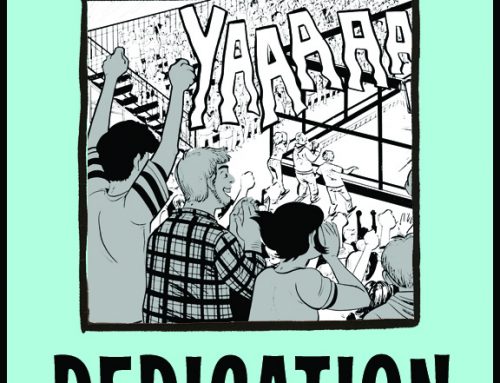test heading
(Current :01 office bookshelf! It’s got some books that we’ve published.)
Most of the time when we talk about books on this blog, we’re specifically talking about books where the pitching process goes like this:
Author: I have an idea! It is this idea which I am now explaining to you in moderate depth, and I would like to write and draw it into a graphic novel story. Please publish it, First Second.
Editor: Author, I like this idea very much. Let’s ride off into the sunset together with it!
But we got a question on our tumblr recently that brought up book packagers, so I wanted to talk a little bit about the other side of the coin — when it’s the editor having the ideas and approaching authors about them.
Book packagers are organizations that create ready-made book projects for publishers. So basically, the publisher buys into the idea and the packager says, ‘great, I’ll put together a writer and an editor and a designer and an interior artist and all of that stuff so that I’ll give you the book — and it’s 100% finished.’ These types of arrangements work a lot of the time on series and other multi-volume properties — for example, Wikipedia tells me that the ‘For Dummies’ books are a packaged project.
That’s just about entirely on the other end of the scale from the way that we typically do things! In a book packaging situation, there are times when an editor can just be involved to provide a materials due-date (and hopefully a project read-through to make sure that nothing unexpectedly crazy occurred between buying the book and the final delivery).
For a lot of editors, there’s also a middle ground between entirely outsourcing a project and having an entirely author-conceived project. When talking about potential projects to work on together, editors can suggest ideas to authors, some of which might spark their imagination and later become books.
Here’s an example!
You may have heard about our upcoming Science Comics series that we’re launching next year — we announced it last week. It’s going to be great! And it’s a series of books that all discuss a specific scientific topic — like coral reefs or dinosaurs or volcanoes or flying machines. I’m sure you’ll all be shocked to learn that this series didn’t come about from multiple different people simultaneously e-mailing us to propose single-topic science-related middle-grade graphic novels.
Instead, the Science Comics idea sprung from the brain of our editor, who then approached all the science-loving authors and artists involved, giving them the parameters that she was looking for in the books. And then they went off and wrote and drew some amazing graphic novels about cool science things that we’re looking forward to sharing with you!
Similarly, think about our anthology comics series — Nursery Rhyme Comics, Fairy Tale Comics, and Fable Comics. Those also came into being because they were a type of book that we were interested in publishing — at which point we approached the wonderful Chris Duffy to work with us on organizing the seventy or eighty people who have been a part of the books into these three volumes. They’re wonderful, fun books — and a great example of how you can take a basic conceit (draw a classic fairy tale!) and reinvent your version story in look, feel, and sometimes in the text itself.
So — as you can see — the editorial involvement on the idea development of a book can vary pretty wildly from book to book. It can range from, ‘that’s great as is — let’s do it!’ to ‘maybe let’s try a different age for the protagonist’ or ‘let’s consider setting this in the 1950s’ to ‘why don’t you write a book about lumberjacks!’





